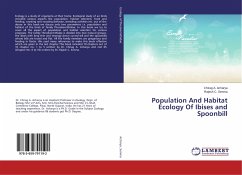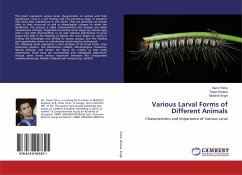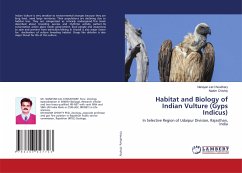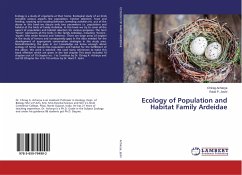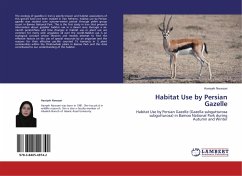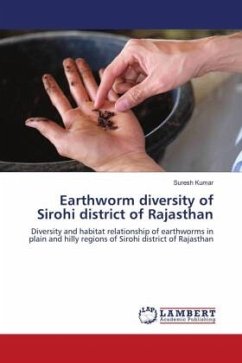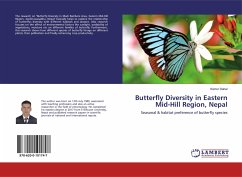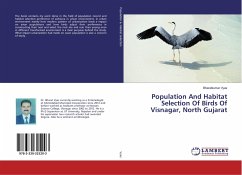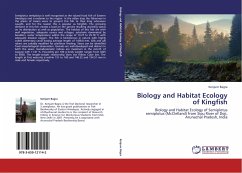
Biology and Habitat Ecology of Kingfish
Biology and Habitat Ecology of Semiplotus semiplotus (McClelland) from Sipu River of Doji, Arunachal Pradesh, India
Versandkostenfrei!
Versandfertig in 6-10 Tagen
45,99 €
inkl. MwSt.

PAYBACK Punkte
23 °P sammeln!
Semiplotus semiplotus is well recognised as the valued food fish of Eastern Himalayas and is endemic to the region. In the olden days the fisherman in the plains of Assam were to present this fish to their king whenever caught, and for the reason this is popular as Kingfish. The growing demand of this fish creates a load on the species resulting alarming status on its distribution as well as population. The habitat of this fish are with well vegetation, adequate covers and refuges, substrate dominated by boulders, water temperature within the range of 14.27 to 25.78 °C with adequate dissolve ...
Semiplotus semiplotus is well recognised as the valued food fish of Eastern Himalayas and is endemic to the region. In the olden days the fisherman in the plains of Assam were to present this fish to their king whenever caught, and for the reason this is popular as Kingfish. The growing demand of this fish creates a load on the species resulting alarming status on its distribution as well as population. The habitat of this fish are with well vegetation, adequate covers and refuges, substrate dominated by boulders, water temperature within the range of 14.27 to 25.78 °C with adequate dissolve oxygen. The fish is herbivorous in nature with highly coiled alimentary canal having average length of 1438.8 mm. Gills and gill rakers are suitably modified for plankton feeding. Sexes can be identified from morphological observation. Gonads are well developed and distinct in both the sexes. Gonadosomatic indices are maximum in the month of August with 11.01 %. Fecundity per 100 g body weight ranges from 3425 to 6958. The length-weight relationship does not follow Cube law. The length at first maturity is within 151 to 160 and 146.22 and 154.51 mm in male and female respectively.



